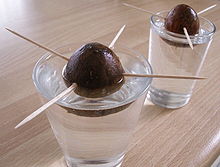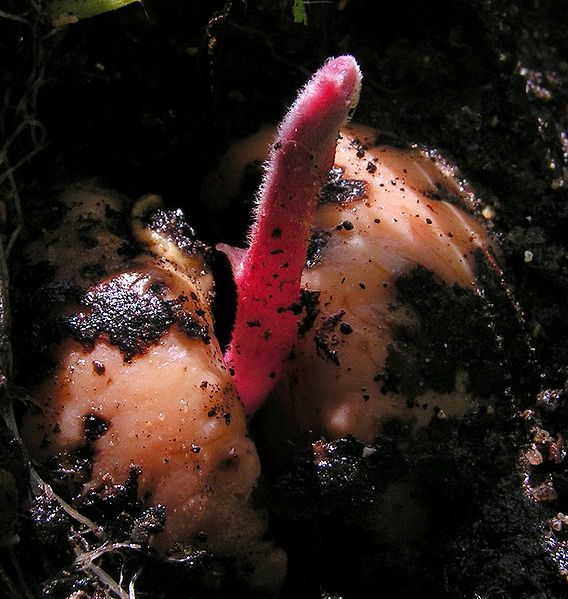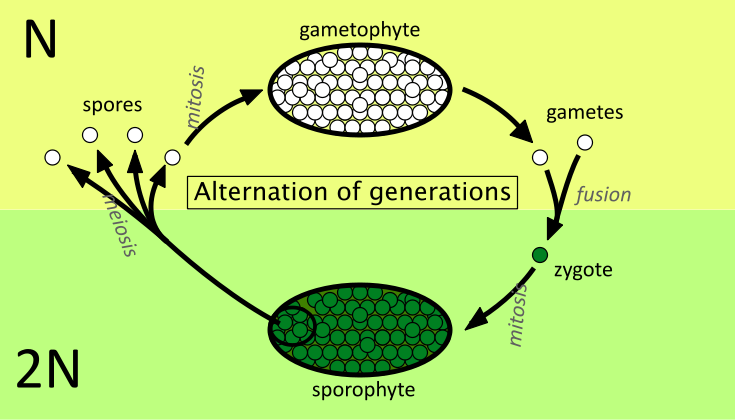
The Love Life of the Avocado

There are two flowering groups of avocado trees in relation to reproduction. In Group A trees the female opening occurs in the morning hours of the first day and the male opening occurs in the afternoon hours of the successive day. In Group B trees the female opening occurs in the afternoon of the first day and the male opening occurs the following morning. This prevents self-pollination of the trees and promotes cross-pollination. Group B trees are good pollinators for Group A trees, because of the overlap of male and female opening periods. Group A trees are not good pollinators for Group B trees, because of the late opening of the female reproduction parts in Group B trees.
Cooler temperatures lead to delay of the flowering periods, but the typical flowering period will last for around two months. Avocado pollination is so precise that a single avocado tree may have millions of flowers during the flowering period, but only up to 200 mature fruits. Honey bees are the most important factor in avocado tree reproduction.
If
you are attempting to grow your own avocado, it is possible. Begin
by keeping the pit from your next avocado.
 The avocado seed has no
prevention from desiccation so if you do not start the planting
right away, store the seed in a cool room with high humidity. When
you decide to start planting, wash the seed and use three or four
toothpicks to suspend the seed in a glass of water, with about one
inch of the seed submerged into the water. Leave the plant out of
direct sunlight in the beginning, in a nice warm room. After about
two to six weeks you will see roots and a stem emerging.
The avocado seed has no
prevention from desiccation so if you do not start the planting
right away, store the seed in a cool room with high humidity. When
you decide to start planting, wash the seed and use three or four
toothpicks to suspend the seed in a glass of water, with about one
inch of the seed submerged into the water. Leave the plant out of
direct sunlight in the beginning, in a nice warm room. After about
two to six weeks you will see roots and a stem emerging.

Once the stem reaches six to seven inches in height, prune it back to around three inches. When the roots are thick and the stem has grown back, it is safe to plant the seed in soil, leaving about half of the seed exposed. Keep the soil moist and give the seedling as much sunlight as possible. Once the stem reaches around one foot in height, prune back to encourage re-growth. Now wait about seven years for your avocado plant to begin fruiting! To see the process step-by-step check out this video.
All plants undergo alternation of generations, meaning they have a haploid gametophyte which produces haploid gametes. The haploid gametes then fuse together to form a diploid zygote, which develops into a diploid sporophyte by mitosis. The sporophyte then undergoes meiosis to form haploid spores. The haploid spores then develop into the haploid gametophyte via mitosis. Plants alternation of generations is characterized by both the diploid and the haploid phase being multicellular. Humans do not undergo alternation of generations because our haploid phase is not multicellular.
Angiosperms have specific reproductive features such as the production of flowers that contain the ovary where the seeds develop. The main central structure of the flower is called the carpel, where the ovule is contained. The ovary proceeds to develop into the fruit that you and I are used to seeing and eating. The gametes of angiosperms are unisexual, which means there is no presence of an archegonium or antheridium in the sporophyte generation.
Next head to the interactions page to see how avocados interact with other organisms or head to the home page to start from scratch.
